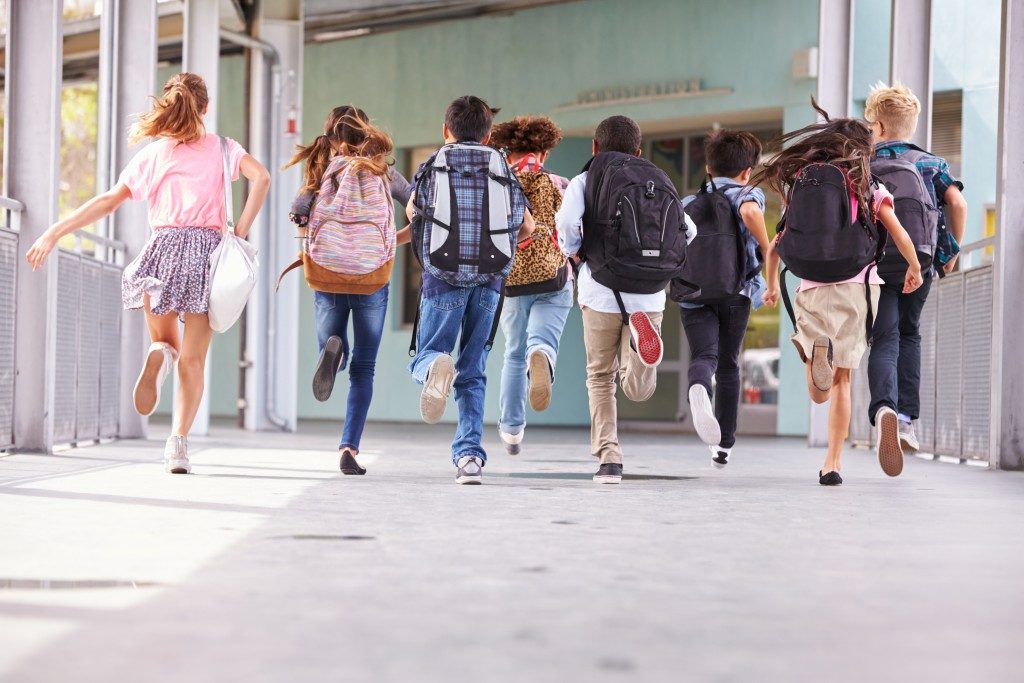 Time and again, studies show the importance of letting students take a break. Recess periods encourage play, helping children to be physically fit for everyday demands of school. At the same time, it promotes social-emotional learning, as it allows kids to interact with others, build relationships, and work out conflicts and differences.
Time and again, studies show the importance of letting students take a break. Recess periods encourage play, helping children to be physically fit for everyday demands of school. At the same time, it promotes social-emotional learning, as it allows kids to interact with others, build relationships, and work out conflicts and differences.
The reality is these benefits are not fully maximised, with children refusing to play and interact with one another. Worse, some educators treat recess time as a reward or punishment for good or wrong behaviour rather than for what it really is — a necessity.
It is time to rethink how you do your recess periods. Here is how to let students make the most of the benefits of break times:
Create a supportive environment.
One of the reasons students refuse to be physically and socially active during recess is there is simply no conducive environment for it. For instance, play areas are always under repair or maintenance or there are no shades or coverings available for hanging out and chatting with friends outside classrooms.
Prioritise active, social spaces in your campus. Provide access to play equipment, like balls, jump ropes, monkey bars, swings and slides, hula-hoops, and trampolines. There is no way students cannot resist them. Make sure to dedicate areas for socialisation as well, like school shelters or wooden gazebos. The principle is to design your campus in such a way that it promotes physical and social development.

Get everyone on board.
Every member of your school community must know the importance of recess periods and be willing to work towards making your efforts sustainable. Assign roles and responsibilities for facilitating break times. For instance, you should have school staff monitoring the safety of students when using play areas.
Teachers can also facilitate themselves the physical and social activities, gathering students for a dodgeball session or a hula-hoop contest. Empower your pupils as well by involving them in planning and leading recess times. Form a group of students who will be your creative team in brainstorming break time activities. It is best if you can change members of this team every now and then, so each student will have their chance to be involved in the leadership committee.
Monitor the impact of recess times.
It is not enough to just facilitate activities — you have to evaluate what it does to your school community so you can improve on it. Track the physical activities of your students, specifically the frequency and intensity to know if it does make a difference in the children’s physical well-being.
Remember that school-aged children must at least have an hour of moderate-to-vigorous exercise a day and make sure to use tools like heart rate monitors or accelerometers to monitor activities more accurately. Look at how your efforts impact your students’ academic performance as well. Are the students more engaged now in class? Are they more focused? How did recess periods affect grades?
Remember, recess times are crucial for student development. Help your pupils make the most of break times with these strategies.


